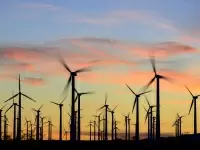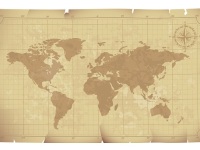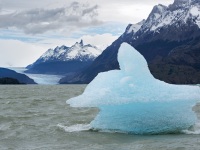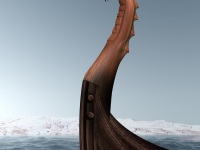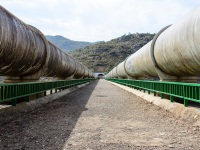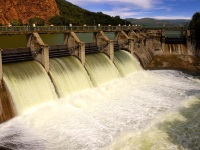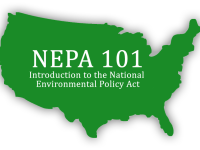The Value of Birds Birds are present throughout almost every habitat across the globe. No matter where you go, there is always evidence of birds even if you don’t see the animals themselves. Things like holes pecked in tree bark by woodpeckers or the remnants of a nest are indicative of the presence of birds. …
Read more
Birds & Ecosystem Services


